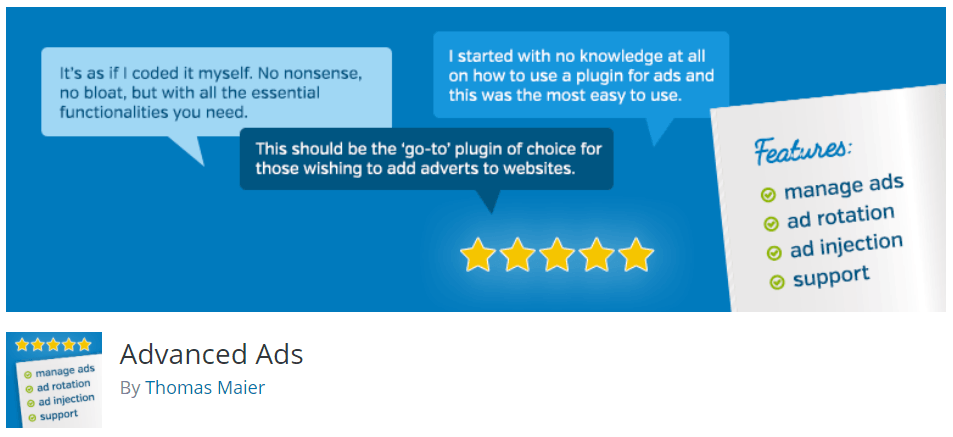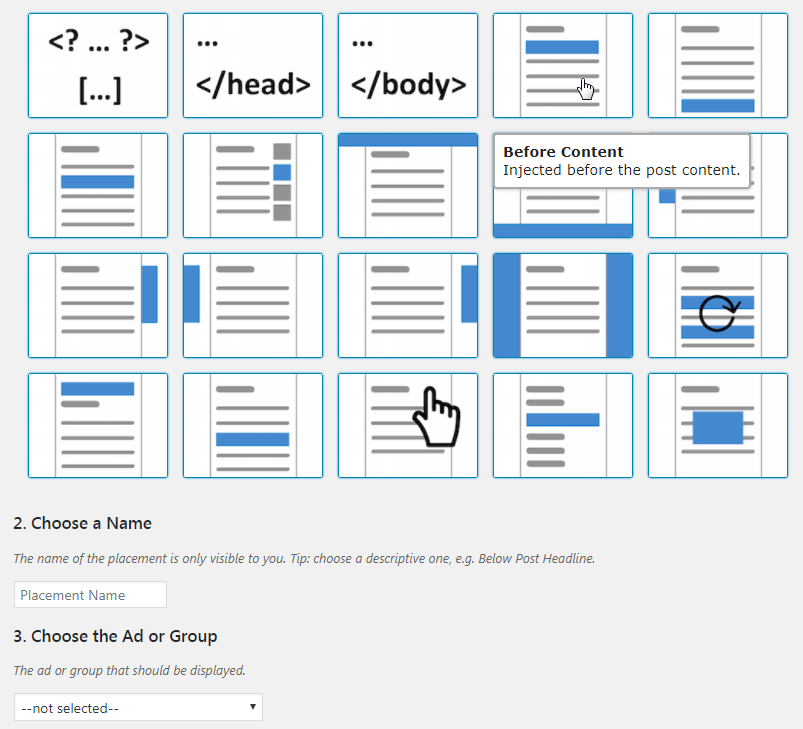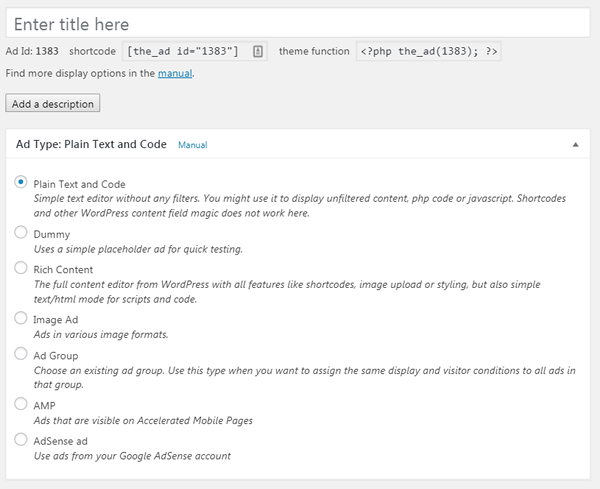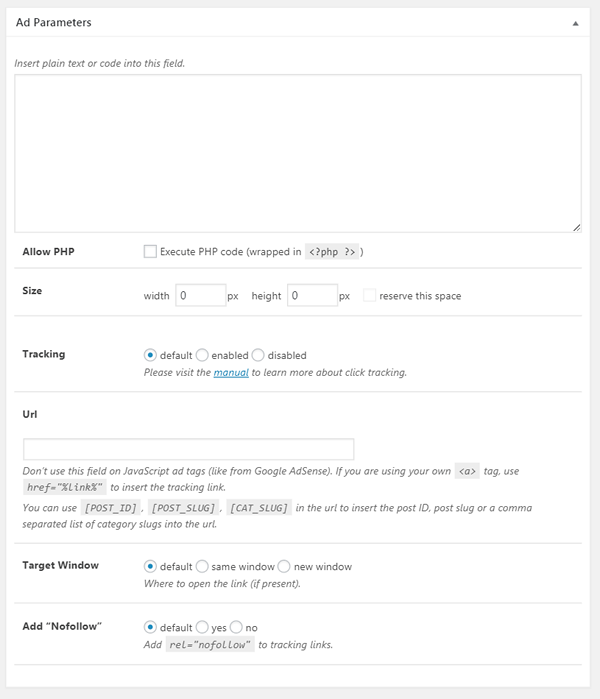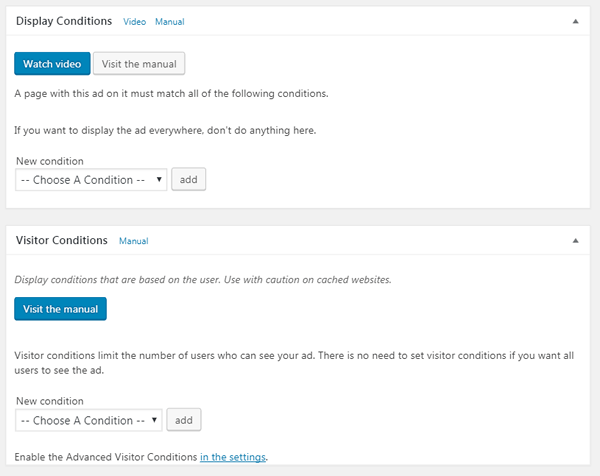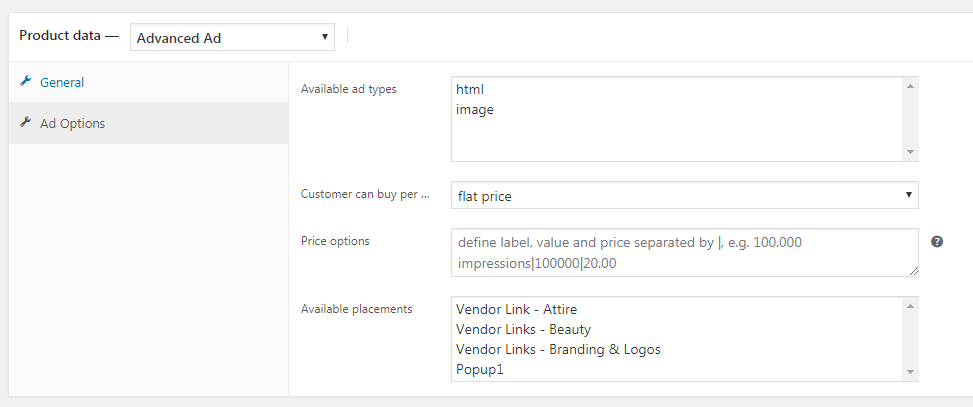Any effective social media marketing strategy involves Twitter, and it makes sense that individuals and businesses want to learn how to make money on Twitter.
While its reach isn’t as widespread as Facebook, its users are made up of a specific age demographic, and that makes it attractive to brands, advertisers, and people who want to work in social media marketing.
Twitter appeals to the millennial and Gen Z audiences; more than 80% of its users is under 50 years old (Source). For brands who want to get this target audience, Twitter is the social media platform of choice.
Here are some ways you can make money from Twitter.
Set Up Your Twitter Account
Before we dive into the different ways to make money on Twitter, you need to build your Twitter profile and build a following on Twitter first.
Create A Killer Twitter Profile
Of course, before you can hope to earn money on Twitter, you’d need to have a Twitter profile.
But creating just any Twitter profile is not going to cut it. You need to set up a Twitter profile for success.
For starters, your username and your Twitter handle (that is, your @ name) should be your professional name, your company name, or at least connected to the business or products you’re promoting.
Next, you need to use a professional profile photo. It can be your headshot (something you would use in a resume or on a company website), your personal logo, or the logo of the company you’re tweeting for.
Your header photo (or your banner) needs to look sleek as well. This is the perfect opportunity to showcase the products or brands you’re promoting. A collage of product photos or a photo that tells the story of the brand you’re promoting would work here.
Never leave either your profile photo or cover photo blank. No one trusts opinions and links from a Twitter profile with a picture of an egg and a blank cover photo.
Lastly, work on your Twitter bio. You’ll need to introduce yourself, set the mood, and engage your audience, all in 160 characters or less.
Add a brief description of your products or services, or whatever you’re promoting, tell people what to expect, and include the right keywords.
Don’t forget your location and a website, which you can link to your ecommerce website or the website of your company or grand. Don’t put an affiliate link here; there’ll be plenty of opportunities to do that on your actual tweets.
Grow and keep your followers
Once you’ve created your Twitter profile, the next thing to do is build your followers based on your target audience.
Your followers are where most, if not all, of the money to be made on Twitter will come from, so this is absolutely crucial to your success.
Post, share, and retweet relevant content that aligns with your target audience’s interests and activities. If it’s useful to your target audience, they’ll like it, retweet it, and share it.
Find the optimal schedule for your tweets. The ideal number of tweets a day ranges from three to seven, spread out throughout the day. Streamline the process by using scheduling software such as Hootsuite, Buffer, or TweetDeck so you can compose all your tweets and then go about your day while they get posted on schedule.
It takes some trial and error as well as research to find out the best times to tweet; that is, when your target audience is likely to see them. It’s usually around 12 noon to 1 pm on your audience’s local time on weekdays, but this may vary.
Whatever you do, don’t buy fake Twitter followers. Fake Twitter accounts equal zero real engagement, and that’s no good. It’s never worth it.
If you’re willing to pay for followers, look into Twitter’s Followers Campaign instead. It’ll display tweets you choose on home timelines, search results, and Who to Follow based on the settings you indicate, and you pay per Twitter account that clicks or taps Follow on those displayed tweets.
The ideal number of followers is around 50 to 100 to make money on Twitter.
5 Ways to Make Money on Twitter
When you’ve optimized your Twitter profile and you reach the ideal number of followers, you can try one of the following methods to make money on Twitter.
1. Sell your own products or services.
Just to be clear, Twitter doesn’t have a marketplace where you can sell your products or services.
But this can be a tool for you to promote yourself and your business.
Provide samples of artwork if you’re an artist offering custom designs, graphics, or paintings, links to a website if you’re offering web design services, or photos of products you’re selling on Etsy or Amazon.
Don’t overdo it since like in the real world, people hate annoying salespeople.
However, like in the real world, people hate annoying salespeople who get in your face all the time. Don’t overdo the promotion. Make sure you tweet useful content as well.
2. Get paid to tweet about other brands.
If you don’t have products or services to promote, the simplest way to start making money on Twitter is to get paid to promote someone else’s products and services.
This works if you already have hundreds of followers, as this is one of the first things that brands look at when considering you.
You can also check out websites like Sponsored Tweets or #paid to sign up as a creator and get connected to brands and ad agencies looking for influencers.
Pro tip: Keep a file of all the sponsors you’ve ever done business with and don’t burn bridges. If you’ve worked successfully for a brand before, they might want to work with you again in the future.
3. Get into affiliate marketing.
Another way to get paid to tweet is through affiliate marketing.
What you need to do is join an affiliate program, check out what products you could promote that would be appropriate for your followers, share links directing them to the products, and cash in every time someone buys.
Twitter does allow you to post affiliate links, as long as you label them correctly and make it clear that you may earn commissions when they follow that link.
However, that makes it more challenging to make your followers click your affiliate links, so get creative and never lose the value of your content.
For example, you can buy the product you want to promote first, take a picture or video of the item, and showcase it in a way that would interest your followers. Make it funny, or inspirational, or shocking, as long as you’d know your followers would appreciate the work you just did.
Also, make sure the affiliate programs you’re joining allow you to sell products that your target audience will find useful to them. For instance, if your target audience is mostly teenage males, you probably won’t earn a lot from promoting period underwear.
4. Generate leads.
Twitter can help you find potential customers based on their tweets. Use the Twitter search feature with keywords specific to your business and connect with people mentioning a product you’re promoting.
You can crowdsource ideas, offer coupon codes, or just simply know of your presence by saying hello.
This is useful whether you’re selling your own product or service, promoting a company’s products or services, or offering lead generation services for third-party companies.
5. Become a social media manager.
Earning commissions is a good way to make money on Twitter, but if you want a more stable income, being a social media manager or Twitter manager can be another option.
More and more brands are using Twitter to provide quick customer service, interact with their customers, and broadcast news, updates, and promotions.
I recommend looking at FlexJobs for legitimate job openings. You can also try other job search sites like Indeed or ZipRecruiter.
Tips for a Money-Making Twitter Strategy
Whatever method you choose to make money on Twitter, there are a few pointers you can apply to create an effective Twitter strategy.
Select your Pinned Tweet carefully.
A pinned tweet is a regular tweet that you can “pin” on your profile, such that when Twitter users go to your profile, this pinned tweet is the first thing they see.
Choosing the right tweet to pin may be nerve-wracking, but the rule of thumb is to pin one of your popular tweets or a tweet that talks about an ongoing promotion or an upcoming event.
Of course, if your most popular tweet is off-brand, off-color, or just off, choose another tweet that may not be as popular but fits your branding well.
Use hashtags strategically.
Create a hashtag that’s specific to your brand so you can get recognized and discovered by your audience. Similarly, your hashtag can also help you identify who’s tweeting about you and discover a new audience.
You can also use keywords related to what you’re promoting as hashtags on your tweets to get more views on your tweets.
However, don’t use more than three hashtags in a post. Overdoing it looks spammy and will turn a lot of followers off.
Post images and video.
High-quality visuals in tweets make them more memorable and encourage more people to engage with either a reply or a retweet.
Also, tweets that have photos and videos take up more space on the screen, catching their eye and making them work to scroll down.
Balance these out with text-based tweets with valuable content so your timeline is an interesting mix of different types of tweets.
Engage with your audience.
Scheduled tweets are good, but if your timeline is only made of scheduled tweets, it’s going to look like a bot Twitter account.
Let your followers know that there’s an actual human behind the Twitter account. Learn the arts of tagging or mentioning, replying, and retweeting to engage with your Twitter followers.
Interact with your followers’ tweets as well. Reply to their tweets and maybe even quote tweet a
Get into the habit of asking questions once in a while (you can even schedule this once a week) and replying to the answers and retweeting the best ones.
Twitter Polls are another great tool to engage your followers and know how they think.
Take advantage of Twitter Analytics.
If you can’t measure it, you can’t improve it.
Twitter Analytics is Twitter’s in-house analytics software that allows you to see which tweets are popular and which aren’t so popular, how many profile visits you’ve had, and so on.
All this information comes in handy when you assess your own performance so you can tweak your strategies and tweets.
Start Making Money on Twitter Today!
As you should have learned at this point, making money on Twitter isn’t easy, but it certainly is possible.
However, Twitter isn’t the only social media platform where you can make money. You can also make money on Facebook and on Instagram.
Are you making money on Twitter? Tell us your stories in the comments below!





